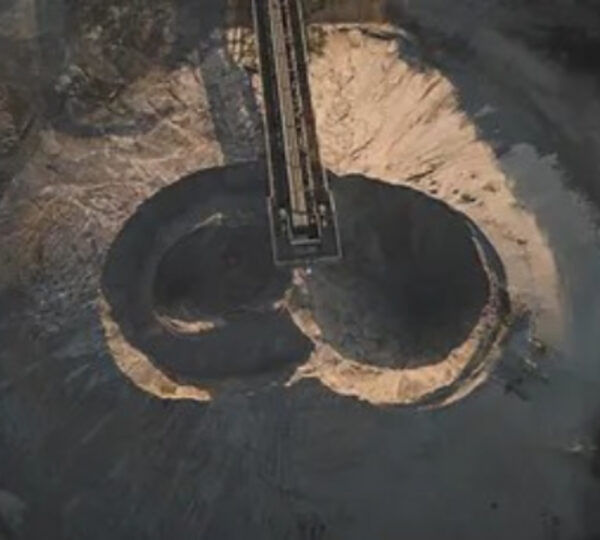Belt Conveyors: Streamlining Material Handling in Industries
Belt conveyors are ubiquitous in industrial settings, representing a fundamental component of material handling systems. These systems consist of two or more pulleys with an endless loop of a flexible conveyor belt that rotates around them. The belt is typically constructed from materials such as rubber, PVC, or other synthetic materials, and it is supported by idlers, rollers, or slider beds. Belt conveyors are versatile and widely used, playing a crucial role in transporting various materials efficiently across industries.
Components of Belt Conveyors:
Conveyor Belt: The conveyor belt is the core component, serving as the medium for transporting materials. It can be made of different materials depending on the application, ensuring durability and compatibility with the materials being conveyed.
Pulleys: Belt conveyors have two or more pulleys that support and guide the movement of the conveyor belt. The drive pulley is powered to move the belt, while the idler pulleys provide support and maintain the belt’s alignment.
Idlers or Rollers: These are support structures for the conveyor belt, reducing friction and facilitating the smooth movement of the belt. They are strategically placed along the conveyor’s length to maintain proper tension and alignment.
Drive Unit: The drive unit, typically an electric motor and gearbox, provides the power necessary to move the conveyor belt. It is connected to the drive pulley and controls the speed and direction of the conveyor.
Take-Up System: The take-up system maintains the proper tension in the conveyor belt. It adjusts for changes in length due to variations in temperature, wear, or stretching, ensuring optimal performance.
Applications of Belt Conveyors:
Mining and Quarrying: In mining operations, belt conveyors transport extracted materials from the mining site to processing plants, stockpiles, or transportation points. They are essential for efficient material handling in this industry.
Manufacturing and Production: Belt conveyors are extensively used in manufacturing for the movement of raw materials, components, and finished products. They are integral in assembly lines, ensuring a continuous flow of materials during production.
Logistics and Distribution: In warehouses and distribution centers, belt conveyors streamline the movement of goods. They are used for loading and unloading trucks, sorting, and distributing products to various areas within the facility.
Agriculture: In agriculture, belt conveyors are employed for tasks such as transporting harvested crops, loading and unloading grain, and facilitating the movement of bulk materials in storage facilities.
Airports and Baggage Handling: Airports utilize belt conveyors for efficient baggage handling. They transport luggage from check-in counters to sorting areas and onto planes, contributing to the smooth operation of airport logistics.
Construction and Heavy Industries: Belt conveyors are essential in construction for moving materials such as sand, gravel, and concrete. They are also employed in heavy industries for the transportation of bulk materials like coal and minerals.
Food Processing: In the food industry, belt conveyors are used for conveying raw materials, packaging, and finished products. They are designed to meet strict hygiene and safety standards.
Advantages of Belt Conveyors:
Efficiency: Belt conveyors provide a continuous and efficient means of material transport, reducing downtime and enhancing productivity.
Versatility: Belt conveyors can handle a wide range of materials, from small and light to large and heavy, making them versatile for diverse applications.
Cost-Effective: Belt conveyors are often more cost-effective than alternative methods of material transport, especially over long distances.
Space Optimization: They can be configured to transport materials horizontally, vertically, or on inclines, allowing for efficient use of available space within industrial facilities.
Safety: Modern belt conveyors incorporate safety features such as emergency stop buttons, guards, and sensors, contributing to a safer working environment.
Low Maintenance: Belt conveyors typically have low maintenance requirements, resulting in reduced operational costs.





